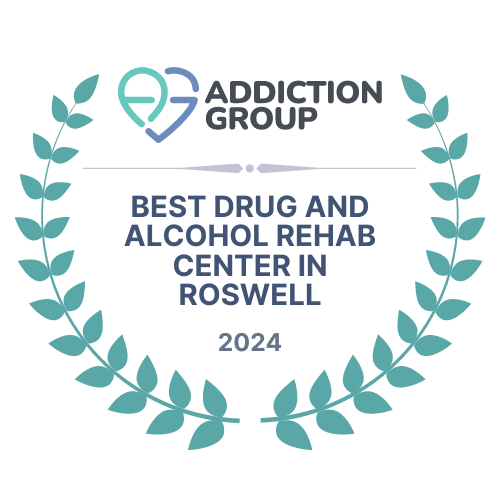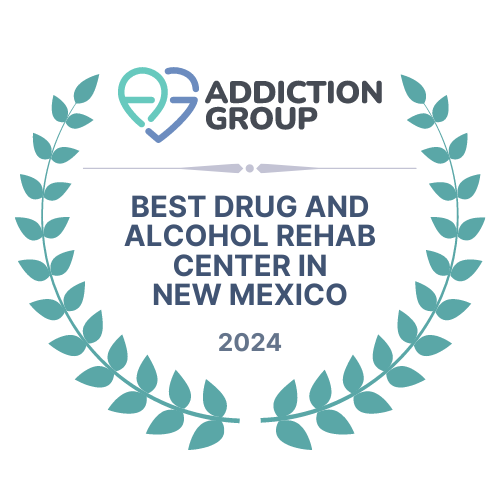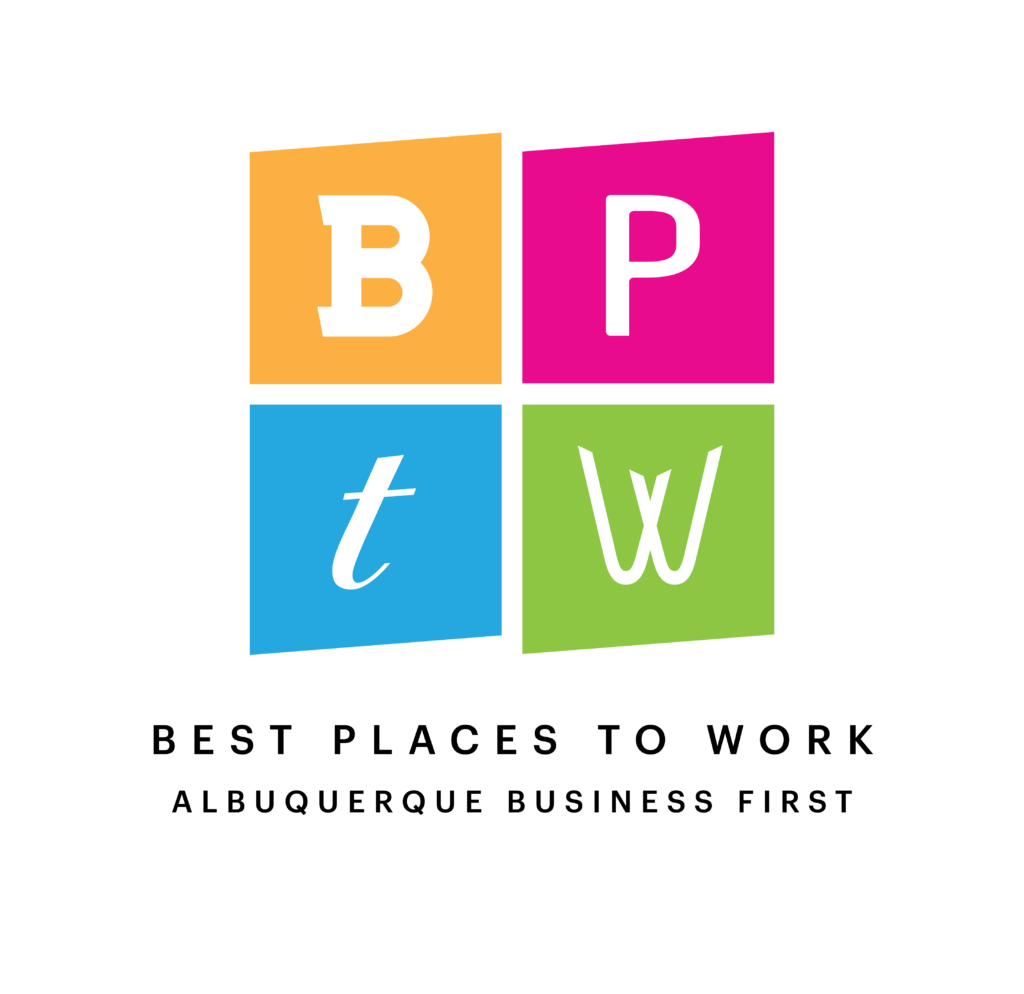Eating disorders and substance abuse are two significant public health concerns. Alone, each poses unique challenges to those affected and the healthcare providers who treat them. However, when they intersect, the combination creates a perilous scenario that amplifies the dangers associated with both. This article dives deep into the treacherous confluence of eating disorders and drug abuse, aiming to raise awareness of their combined impact.
The Prevalence of Dual Diagnosis
A “dual diagnosis” refers to the coexistence of two distinct disorders in an individual. Studies have consistently shown a higher prevalence of substance use disorders among individuals with eating disorders compared to the general population. Similarly, those with substance use disorders often exhibit higher rates of eating disorders.
For instance, bulimia nervosa patients have been shown to exhibit a tenfold increase in substance abuse, predominantly stimulants and alcohol. The overlap is so significant that it cannot be chalked up to coincidence. Instead, it points to underlying commonalities in risk factors and the disease process itself.
Shared Risk Factors
- Brain Chemistry: Both eating disorders and substance abuse can alter neurotransmitter activity, particularly serotonin and dopamine. These chemicals play a role in mood regulation and reward systems, respectively.
- Psychological Vulnerabilities: Individuals with anxiety disorders, depression, or a history of trauma are more susceptible to both eating disorders and drug abuse.
- Societal Pressures: A culture obsessed with ideal body images and recreational drug use can influence vulnerable individuals, pushing them towards unhealthy coping mechanisms.
- Genetics: While the exact genes are still under investigation, familial and twin studies suggest a genetic predisposition for both conditions.
Drugs as a Means to Control Weight
One of the main intersections between drug abuse and eating disorders is the use of substances to control weight. Stimulants, including amphetamines, cocaine, and even nicotine, can suppress appetite and increase metabolism. Many individuals with eating disorders resort to these drugs to hasten weight loss or maintain a low weight.
Furthermore, drugs can provide a temporary escape from the overwhelming emotions and self-perceptions tied to the eating disorder, leading to a cyclical pattern of misuse.
The Compounding Health Risks
The concurrent existence of an eating disorder and substance abuse exponentially heightens health risks:
- Physical Toll: The body undergoes immense strain when deprived of essential nutrients, exacerbated by the toxic effects of drugs. This can lead to cardiac arrhythmias, organ failure, and heightened risk of infections.
- Cognitive Impact: Both conditions can affect cognitive function. Combined, they can lead to severe memory issues, diminished concentration, and poor decision-making.
- Emotional Strain: The dual diagnosis often intensifies feelings of guilt, shame, and anxiety, further deepening the entrenchment of both disorders.
- Increased Overdose Risk: Malnutrition affects drug metabolism. Those with eating disorders might experience heightened sensitivity to substances, increasing the risk of overdose.
Navigating Treatment
Treating an individual with both an eating disorder and substance abuse is inherently complex. The intertwined nature of the disorders requires a holistic approach:
- Integrated Treatment: It’s essential to address both disorders concurrently. Treating one without addressing the other can jeopardize the success of therapy.
- Individualized Care: Each person’s journey into the dual diagnosis realm is unique. As such, treatment should be tailored to individual needs, challenges, and triggers.
- Nutritional Rehabilitation: Restoration of physical health through balanced nutrition is a foundational step. This often requires the expertise of nutritionists who understand the complexities of the dual diagnosis.
- Cognitive Behavioral Therapy (CBT): CBT has shown effectiveness in treating both conditions by helping individuals recognize and change harmful thought patterns and behaviors.
- Group Therapy: Sharing experiences with others facing similar challenges can be therapeutic, offering both insight and support.
- Medication: Some individuals may benefit from medications to treat underlying mood disorders, manage withdrawal, or address specific symptoms.
Conclusion
The intersection of eating disorders and drug abuse is a dangerous crossroad that poses intensified risks for affected individuals. Recognizing the overlap and understanding the shared risk factors is crucial for prevention, early detection, and treatment. With informed care, holistic treatment, and societal awareness, there’s hope for individuals at this treacherous intersection to find a path to recovery and well-being.








